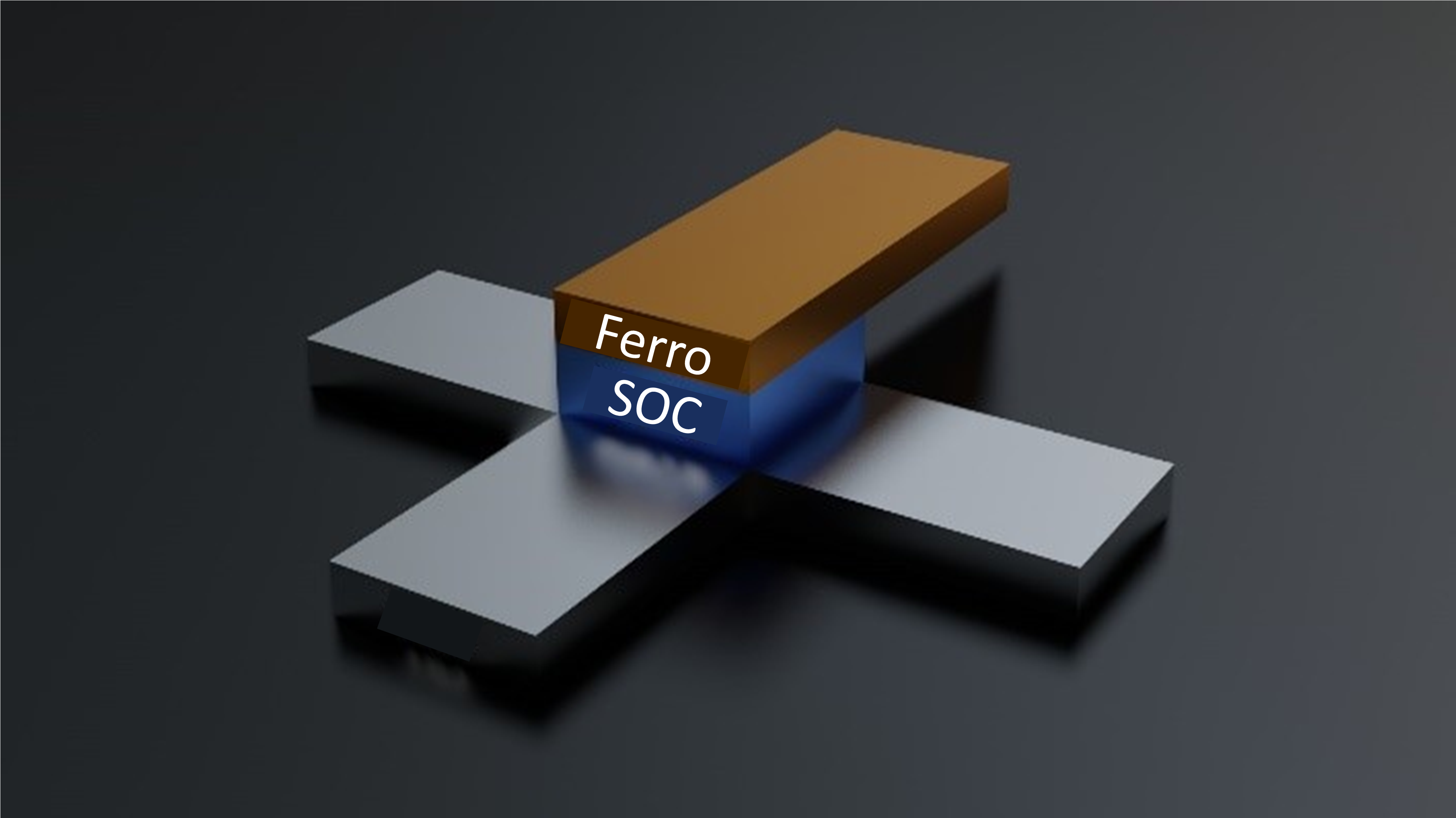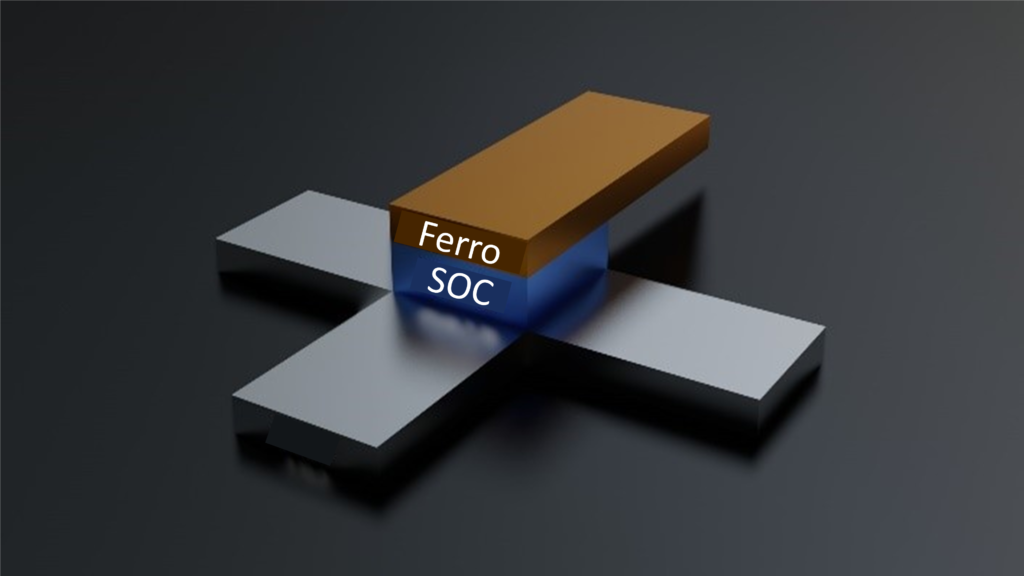Title: Design for memory/logic devices
Keywords: Design, post-CMOS electronics, spintronics, architectures, ferroelectrics, magneto-electric spin-orbit
Summary:Spintronics devices involve ferromagnetic elements with high switching energies. Contrastingly, the polarization of ferroelectrics can be easily switched by an electric field, at energies typically 1000 times lower. As recently demonstrated by Intel, this makes ferroelectrics good candidates for ultralow-power post-CMOS logic1.
We recently demonstrated in a Nature article that combined with high spin-orbit coupling elements, ferroelectrics have also a natural potential to generate an electrically-switchable, highly efficient spin-charge interconversion2, that can be used to develop new ferroelectric devices. We are currently building a start-up through a valorization project based on these discoveries.
The job consist in developing the design of these devices and of the surrounding environment, in close interaction with the experimental team.
Description: Ferroelectric/spintronics materials are among the leading candidates for achieving attojoule-class logic gates for computing, which would enable the continuation of Moore’s law for transistor scaling.
We are looking for a candidate with a profile oriented towards circuit conception and design. The engineer will benefit from the expertise of the Design team of the Spintec Laboratory in developing AI neuromorphic solutions based on innovative spintronics devices. He will also work in close collaboration with the experimental team developing the devices, and in particular with PhDs aiming at using this technology as memories. He will benefit from the existence of a large collective momentum in our teams towards the development and integration of these devices, with ongoing ANR and EU projects, and more importantly with a valorization project aiming at creating a start-up based on this technology.
References:
1Manipatruni et al., Nature 565.7737 (2019): 35.
2Noël, Attané, Vila et al., Nature 580.7804 (2020): 483-486.
Core skills: Beginners welcome, providing that they possess an engineering diploma or a M2 diploma in microelectronics/physics.
Any experience with CAD environment (Cadence, H-Spice, Verilog-A…) and/or knowledge of magnetic/ferroelectric device physics and integration is an advantage.
Imagination, inventiveness, interest towards innovative microelectronics applications, and towards intellectual property creation. Possible will to pursue a career in a start-up environment.
Contacts: Jean-Philippe Attané and Laurent Vila

Fig. 1 : Scheme of our new hybrid ferroelectric spintronics device, that can be connected to perform memory and logic operations. The data is coded within the ferroelectric polarization state of the Spin-Orbit Coupling material.

